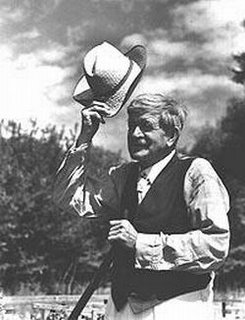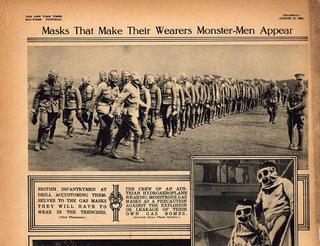I can see your point on Curzon's stoicism in his relationship to Emily, Candice. I'd like to add on to it in a discussion of his stoicism on the battlefield because I think that we can see a certain amount of disconnect there as well.
As Curzon heads out to battle, he is having memories, both his own and of England's national identity, surface: “that very summer in England” (41), the memory of which “brought back that nightmare feeling of unreality again” (41); "the
Houses of Parliament” (42); “
Malplaquet or
Waterloo” (43). All three of these memories take Curzon out of the battle situation and back home to England. All three memories remind Curzon of the familiar way of life. The unfamiliar territory Curzon now finds himself in disconnects him from his reality and he is unable to fight. In battle, “he stared mesmerized until he suddenly awoke to the realization that bullets were crackling all around him” (43). It is as if his stoic nature is at battle not only with the war experience but also in how Curzon resonds to this experience; it manifests itself with re-memory, suggesting both a disconnect with his current location and a disconnect with (supressed) emotion.
As a quick digression, it should be noted that I am assuming a connection between memory and emotion becuase I think that the act of memory triggers a memory of the emotion involved with that memory. Despite all outward attemps at stoicism, it has to be entirely impossible for someone to go through life with absolutely no inward reflections of emotion. To pick up from before, then: for Curzon, the memories of England seem to operate as longing for home, and in longing for the familiar ways of home Curzon reveals an emotional disconnect with his current situation on the front.
But while other soldiers are unable to remain stoic in battle, Curzon does (despite his momentary "mesmorization"). He expresses no outward emotion in his disconnect, and he does not dive for cover. He certainly wants to maintain his sense of patriotic duty “at all costs” (42). In the end, Curzon supresses his emotions/memories and maintains what he knows: his patriotic duty and his stoic nature. We do see, though, how his stoic nature conflicts with the war experience and disconnects him from it. Indeed for Curzon, the war and the unfamiliar welling up of memory is "a nightmare feeling of unreality."






